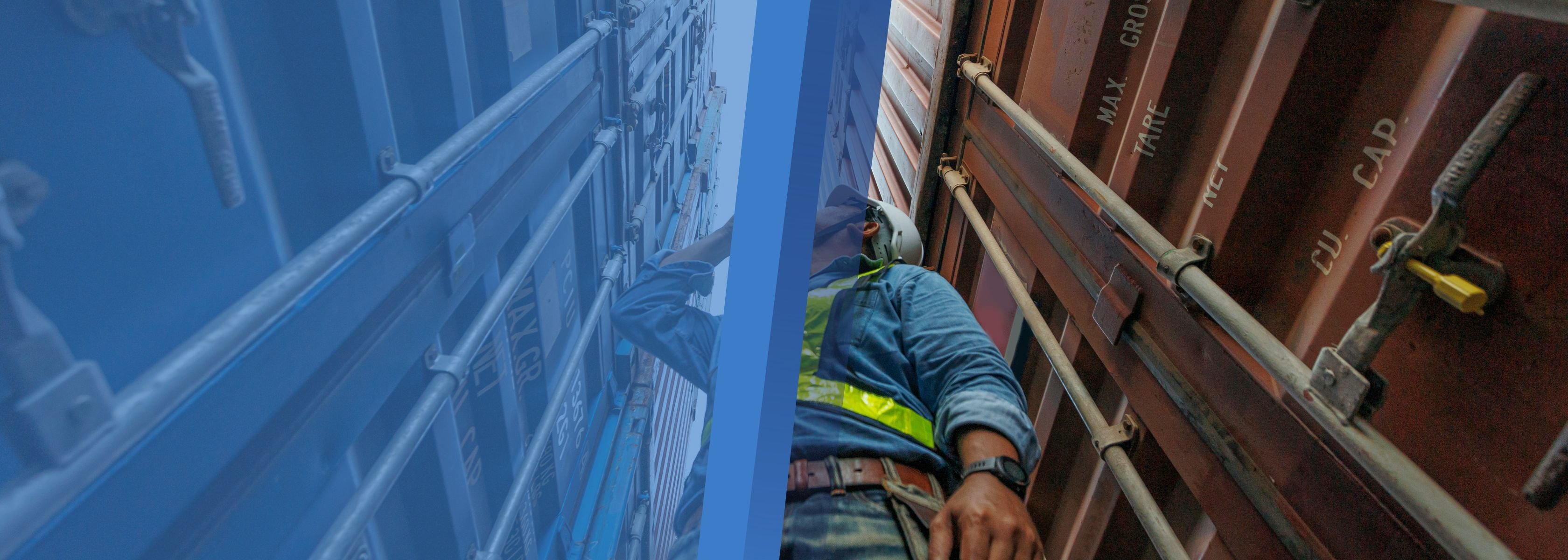Overview
Today, it’s vital that individuals and businesses have a holistic understanding of their risks and put plans in place to manage them. Businesses with a strong risk profile will be in the best position to successfully navigate uncertainty and emerging risks.
The Increased Costs of Claims
Rising claims costs have affected the entire insurance industry and almost every line of coverage. There are three principal drivers:
- A greater number of catastrophic (CAT) events
- Inflationary pressures
- Social inflation
CAT events: According to The NOAA National Centers for Environmental Information (NCEI), the U.S. set a record in 2023 with 28 weather/climate-related disasters that each reached or exceeded $1 billion in costs. These losses come from:
- Wildfires (Lahaina)
- Flooding (California)
- Convective/Severe Weather (Midwest)
- Hurricanes/Tropical Storms (Texas/California/Florida)
- Winter Storm/Cold Freeze (Northeast)

Through October of 2023, according to the National Centers for Environmental Information, the U.S. has experienced approximately $74B in year-to-date losses. This is down significantly from what we saw in 2022 ($178.8B) and 2021 ($160.6B), but remains the 6th highest year on record since 1980.
Inflationary pressures: The average cost of claims has outpaced inflation in the past few years, driven by supply chain issues and labor and materials shortages. Supply chain delays have also contributed significantly to increased recovery times and business interruption losses.
Additionally, the cost of vehicle repairs soared due to advanced technology and increased labor and materials costs associated with the repairs.
Social inflation, runaway jury verdicts: In the past few years, nuclear verdicts — jury awards exceeding $10M — have become more common. This is a growing risk. Third-party litigation funding contributes to rising costs by incentivizing expensive and prolonged lawsuits and making it easier for anyone to sue.
Aside from personal injury, the industries and coverage lines most affected include:
- Transportation
- Property
- Cyber liability
- Directors and officers
- Healthcare (medical malpractice)
- Construction defect cover
Some states are proposing caps on damages, which would limit the amount of money a plaintiff can recover in their case. This would help curb the effects of social inflation.
Emerging Trends and Technologies
Risk Strategies is closely monitoring the following trends, which will affect how businesses approach claims, loss control, and liability.
- Artificial intelligence: We are beginning to see the benefits and investment returns of artificial intelligence (AI) coupled with optical character recognition (OCR) based imaging in the claims management process. Using AI technology allows for a much more thorough and streamlined end-to-end claims process that provides faster decision making with minimal human intervention. This will have an immediate impact on personal injury, general liability, and workers’ comp claims.
- Drones and satellites: Major insurance companies are using satellite imagery to verify property claims. Their scans can identify what a specific house looks like before and after a loss. This helps speed the property claims resolution process.
- Outsourcing vehicles: With auto liability rates skyrocketing, businesses are re-evaluating how they handle transportation. Instead of owning their own vehicles, companies may start outsourcing fleets to mitigate liability.
- Inventory storage: To protect against supply chain disruptions, businesses are stocking warehouses full of critical spare parts. This excess material creates a bigger risk – if something happens, the loss will be much larger.
- Longer resolution timelines: In today’s environment, claims are taking much longer to close out. A year after Hurricane Ian, some property claims are still open, partly due to labor and material shortages and costs. Ramifications will continue in 2024.
The Path Forward
Businesses and individuals can combat the rising costs of claims by creating a resilience and risk mitigation playbook. You can adjust and deploy these tactics as needed:
- Take time to analyze and define your supply chain strategy. This may include keeping an adequate supply of spare parts and critical materials on hand.
- Augment and accelerate loss prevention and loss mitigation strategies. Use data analytics to identify vulnerable areas of the business and target protections.
- Conduct risk assessments, operational audits, and ongoing training for your employees.
- Use resilience measures and other safeguards beyond those required by law.
Explore the Report
The contents of this report are for general informational purposes only and Risk Strategies Company makes no representation or warranty of any kind, express or implied, regarding the accuracy or completeness of any information contained herein. Any recommendations contained herein are intended to provide insight based on currently available information for consideration and should be vetted against applicable legal and business needs before application to a specific client.








